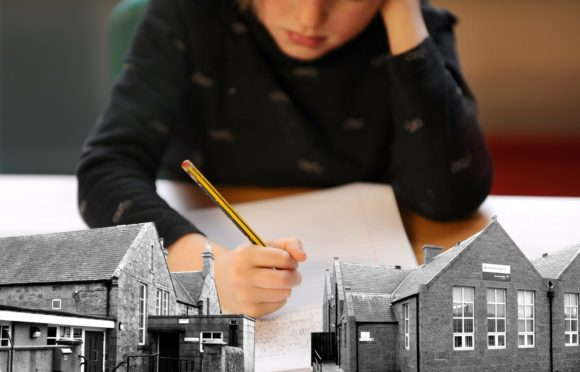At Childline, we speak to children every day about their mental health. Over the past year, we have heard from children who have felt anxious and overwhelmed due to concerns about Covid-19, school closures and cancelled exams, while others have suffered low mood and felt isolated, being cut off from support networks and family and friends.
As we mark Mental Health Awareness Week, as a parent or carer you may wish to use this opportunity to start conversations with your child about the issue. At times, it can be hard to spot the signs that a child is experiencing poor mental health. Signs of depression or anxiety in children can sometimes look like normal behaviour, particularly in teenagers, who can keep their feelings to themselves.
If a child’s mood is persistently low, they aren’t enjoying the things they usually do, or there’s a change in their sleeping or eating habits, it could be an indicator that they are experiencing depression. And signs of anxiety include wanting to spend a lot of time alone, panic attacks, and feeling tearful, upset or angry. These are just a few of the signs, and often anxiety and depression can be experienced at the same time, so any mix of these behaviours may indicate they are struggling.
Sometimes parents and carers can feel like it’s their fault if their child is feeling low, and they will want to know why their child is struggling with a mental health problem. This is completely understandable, but the most important thing you as a parent can do is reassure your child and not judge them for how they are feeling. Let them know that you are there for them, and if they don’t want to speak to you in person, you could talk to them by text or a phone call.
It’s important to stay patient and calm with a child who is struggling with their mental health, and try to be as approachable as possible. There are plenty of healthy ways to help them cope, which you could do together, such as breathing exercises, mindfulness or yoga.
Childline is always here for children, and they can speak to a trained counsellor about anything they’re worried about on 0800 1111 or they can visit www.childline.org.uk. Any adult worried about a child can contact 0808 800 5000 or email help@nspcc.org.uk

